Investigative journalism methodology
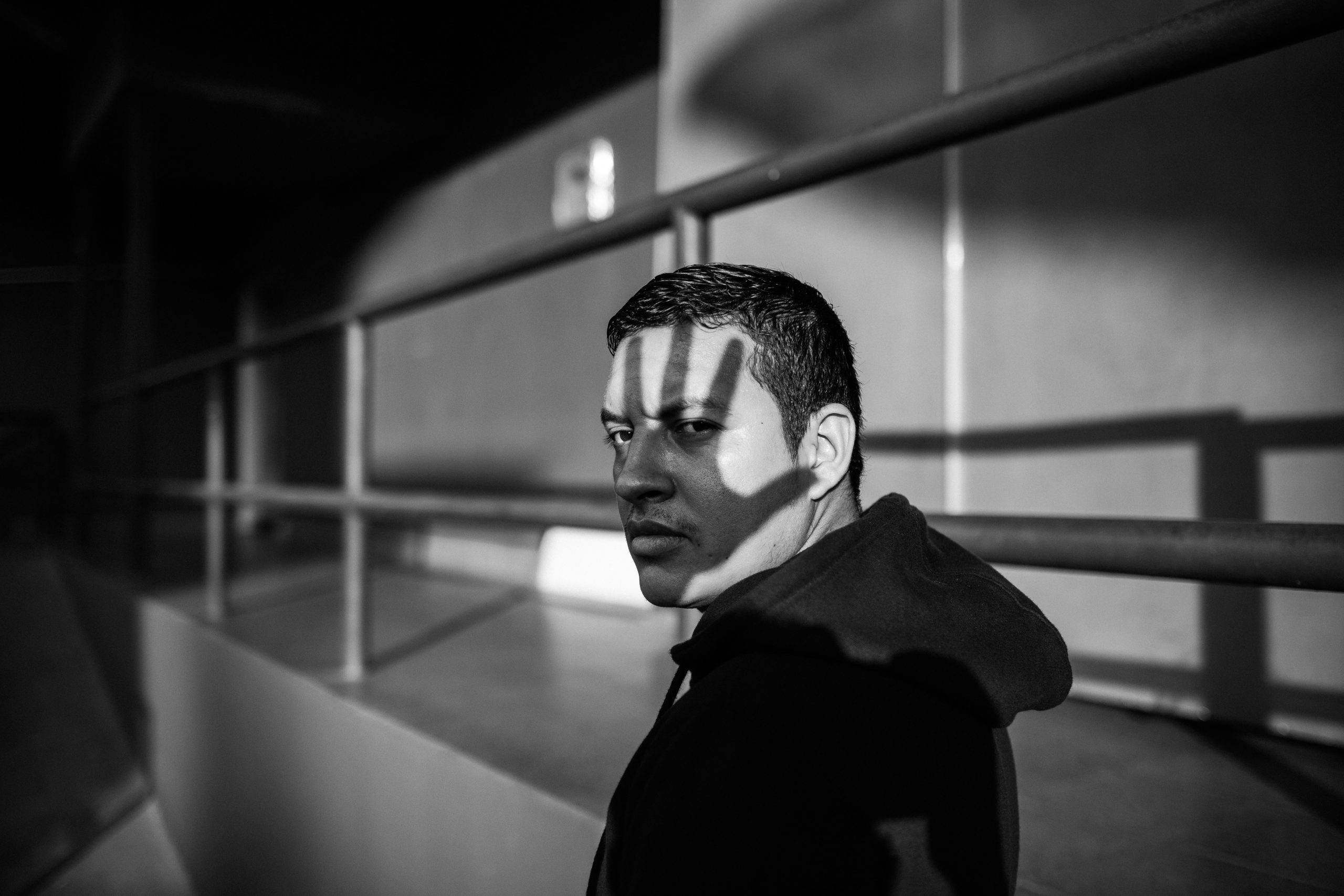
Spot Racism Online
The global nature of the Internet, combined with easy access to technology and, most crucially, anonymity, makes it an ideal platform from which to promote hate.
Light-On Project consortium, which encourages cross-community actions for combating racism and discrimination, and The Migrant and Refugee Communities Forum published recently the Anti-Racism Toolkit. Focusing on internet racist discourse, the project has also produced a more specific booklet: Spot Racism Online.
Both guides have been founded by The Fundamental Rights and Citizenship Programme of the European Commission and are available online and in MDI Resources Section. They aim to combat the current normalization of racism and its manifestations and to encourage citizens to end hate speech by providing clear information and instructions on how to act when facing racism.

Measure, Plan, Act: How data collection can support racial equality
There is no European-wide data on how many persons experience unequal treatment because of their racial or ethnic origin, despite the fact that over one in two Europeans believe that discrimination because of one’s racial or ethnic origin is widespread.
Enar’s publication: “Measure, Plan, Act: How data collection can support racial equality” provides evidence that equality data collection is legally possible and not costly, because it only entails adding extra categories to existing censuses or other data collection processes. For example, the United Kingdom collects equality data to monitor progress in achieving equality since 1991.
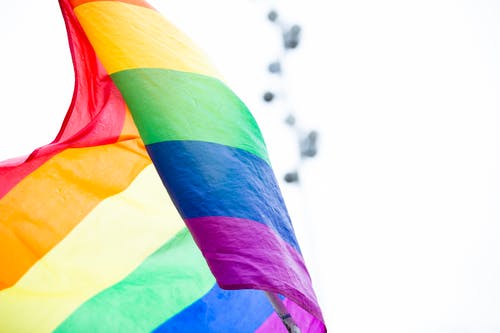
A Media for Diversity. LGBT in the news – a guide for better reporting
Well-organised media relations can be of great importance to many organisations and movements, and the LGBT movement is certainly no exception. A working relationship with the mass media can be used to disseminate information, argue on behalf of issues, conduct outreach to those who may be seeking the LGBT community, but do not know where to find it, and, most particularly, to educate the broader society – something that is very necessary in many countries of the world which have only recently instituted democratic systems and created more open societies. The Baltic States are by no means any exception to this.
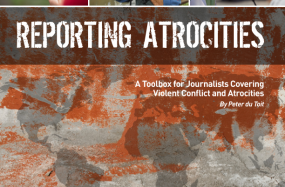
Reporting Atrocities: A Toolbox for Journalists Covering Violent Conflict and Atrocities
Irresponsible reporting in tense situations may inflame passions and exacerbate conflicts. This was what happened in Rwanda in 1993, when broadcasts of a popular radio station stoked hatred and incited widespread violence against ethnic Tutsis. Media also played a role in intensifying the conflict in Bosnia and Herzegovina in the mid-90s.
Yet journalists also have the power to help transform conflicts constructively through their work. A conflict-sensitive approach requires journalists to see and report on violent conflict without turning it into a zero-sum game. To do this, they must understand the dynamics of conflict and media’s role within it, learn to recognize and avoid stereotypes, and create opportunities for more inclusive dialogue about opportunities for resolution.
Reporting Atrocities: A Toolbox for Journalists Covering Violence and Atrocities uses the principles of conflict-sensitive journalism (CSJ) to teach reporters how to cover even the most senseless acts of cruelty in a way that contributes to peacebuilding. Written by CSJ expert Peter DuToit, it includes theoretical background, practical tips, and additional resources available to journalists reporting on conflict, or those who may need to in the future.
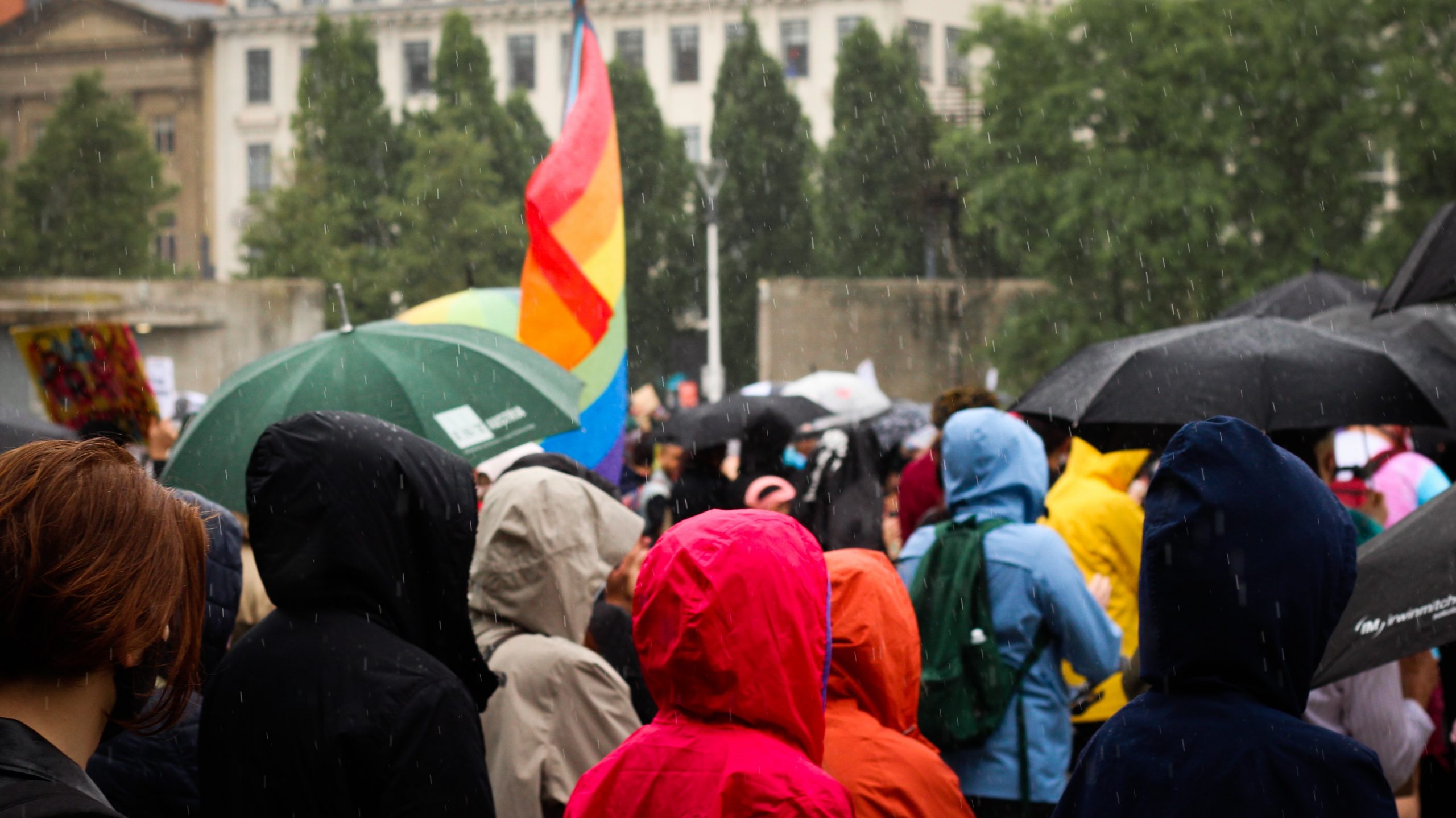
Trans Media Watch: Help for the Media
Trans Media Watch realised that understanding trans and intersex issues can be confusing for journalists, which are preparing information.
That’s why they’ve prepared these resources to try and make job for journalists easier.
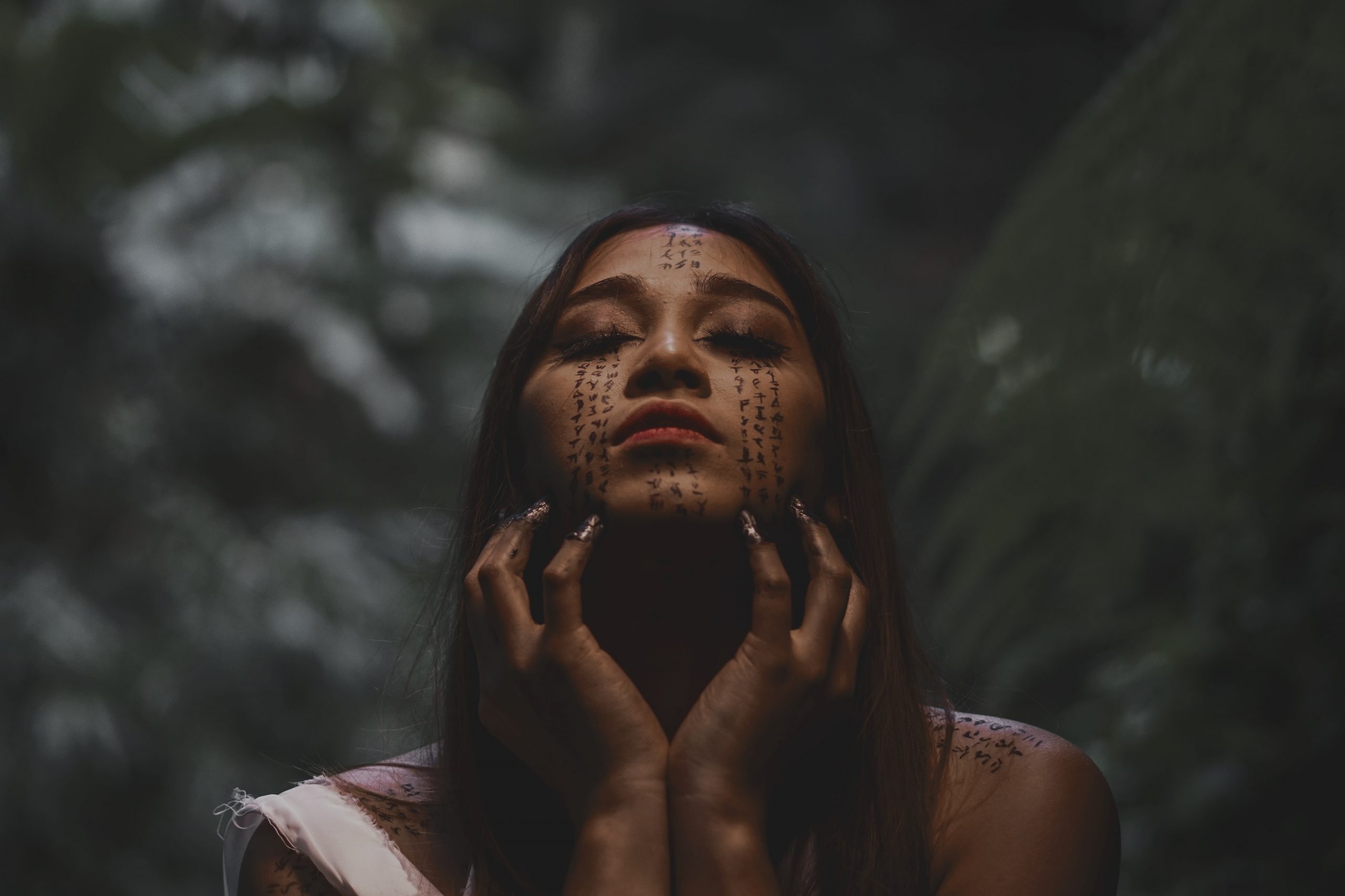
Between the Lines: Facial Tattoos and the Chaouia
Sepia-tinted photos from over 50 years ago show striking facial tattoos of women from indigenous populations in Algeria. But documentation of these women has faded like the aged photographs.
In Algeria today the actual practice of facial tattooing is disappearing along with the older generation. One particular indigenous group losing this cultural marker is the Chaouia of the Aurès Mountains in northeastern Algeria. This project from Pulitzer Center student fellow Yasmin Bendaas captures incredible portraits and stories from Chaouia women and investigates the origins and disappearance of tattooing, especially with the advent of literacy and Islam’s spread.
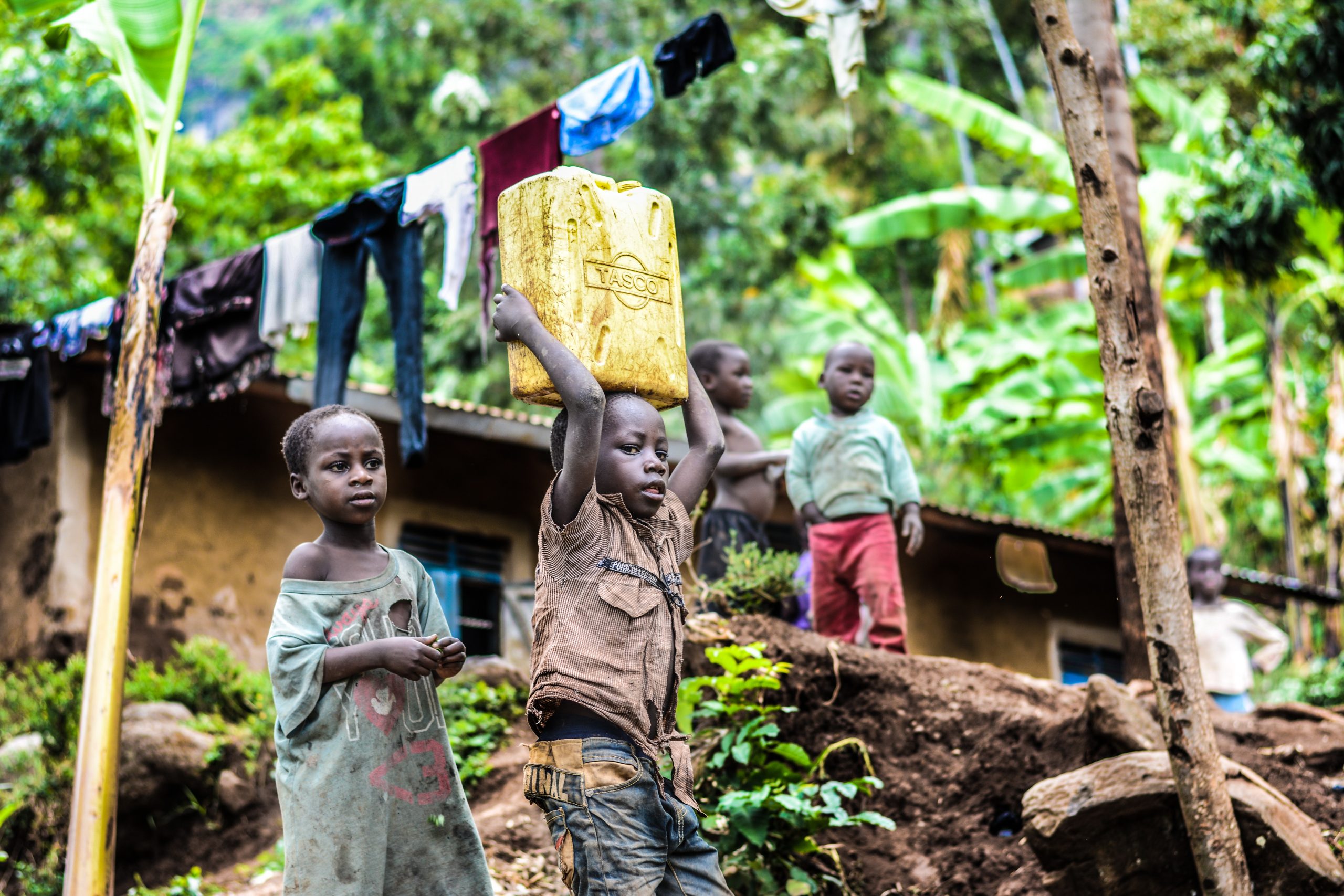
Congo’s Children
“Congo’s Children” contains essays, photographs, and videos by Kem and Jon Sawyer that draw on reporting for outlets ranging from the PBS NewsHour and The Washington Post to Truth Atlas, Dowser, and The Christian Science Monitor.
“Congo’s Children” takes readers on a memorable journey of hope through a land that has endured more than its share of troubles.
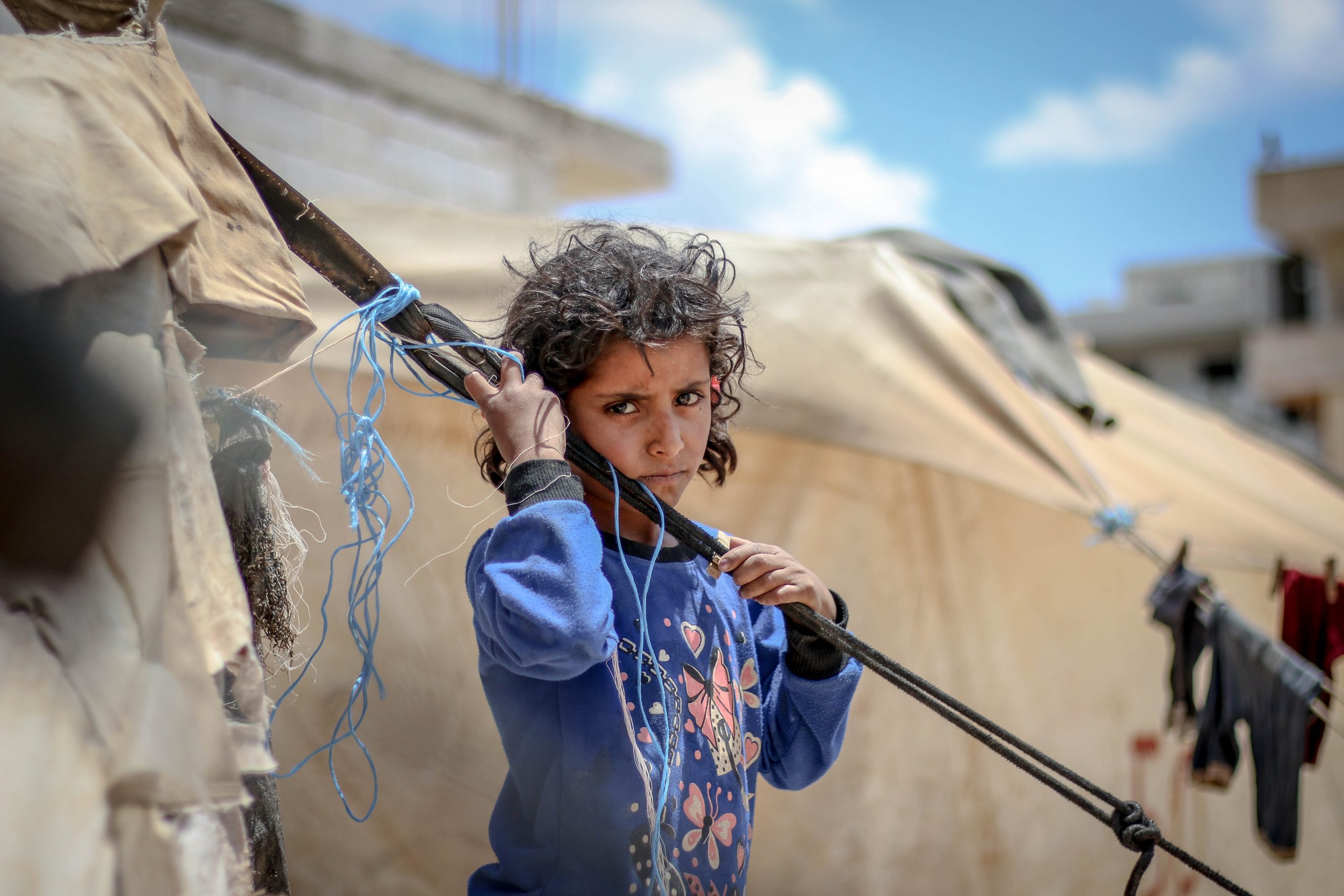
In Search of Home
They are not refugees. Often they are living in their homes in a country they consider to be their own. Yet they are stateless, denied the basic right to get an education, work in the legal economy, receive health benefits, get married, vote or own property.
The cause is often rooted in religion or ethnicity and the stateless remain vulnerable even when there is no threat of persecution.
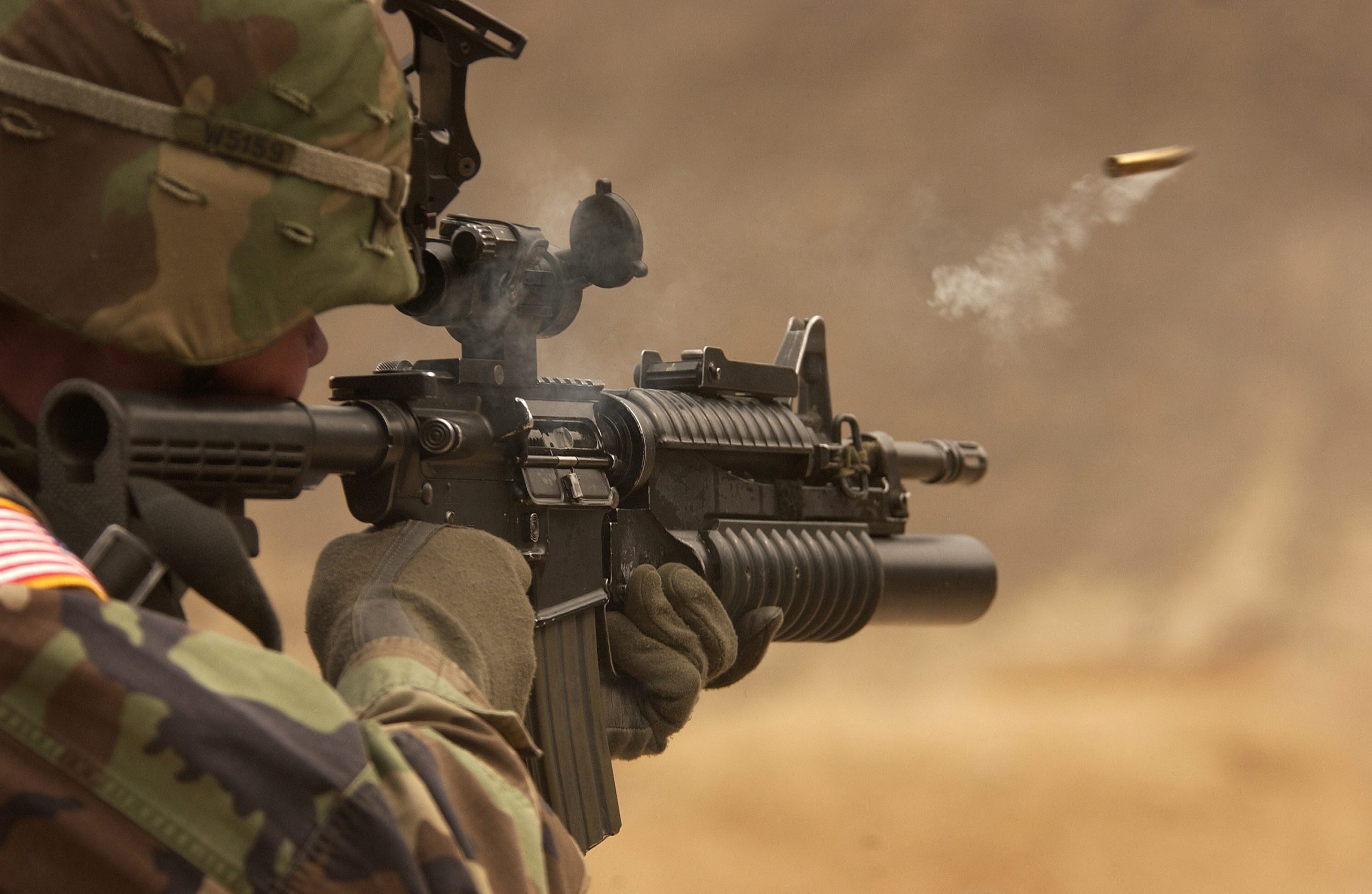
Afghanistan by Donkey
Anna Badkhen’s extraordinary account of a year in northern Afghanistan is a travel guide to a conflict that has raged for the last decade, with little end in sight.
Over the course of a year, war correspondent Badkhen chose to embed with civilians in the remote villages and hamlets of the Afghan north, returning again and again by foot, by taxi and even by donkey. It’s a place so remote that even the death of Osama bin Laden barely registers, where war is taken as a fact of life alongside rituals of mourning and of celebration.

Check It Out!: Great Reporters on What It Takes to Tell the Story
Stories with no substance. Talking heads without a clue. “Team” coverage that still misses the big picture. Overheated hype. Cute chatter.
Film at eleven. Is it any wonder more and more of us count less and less on the news?